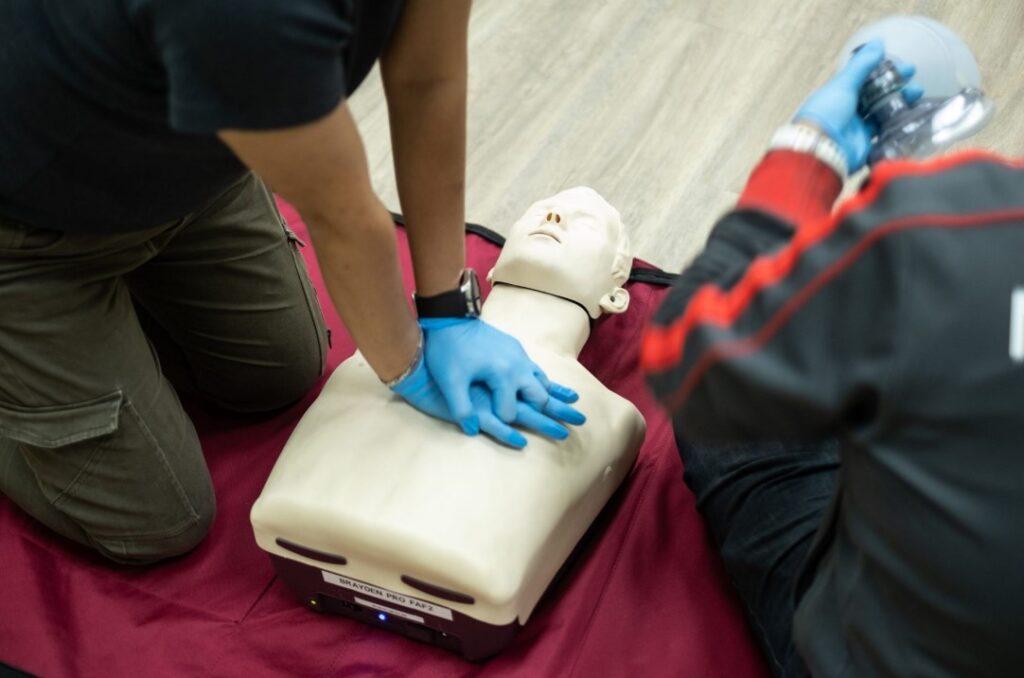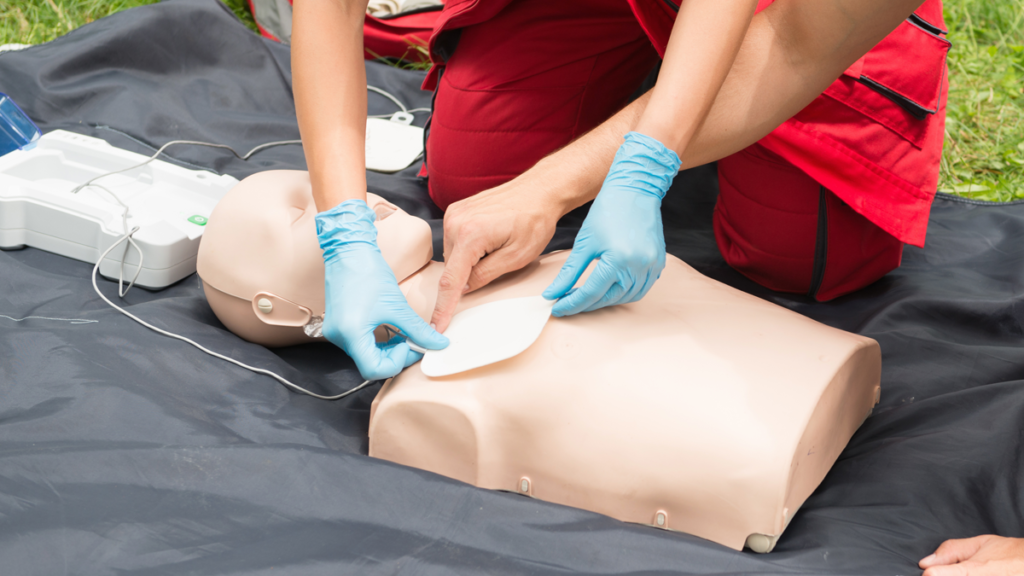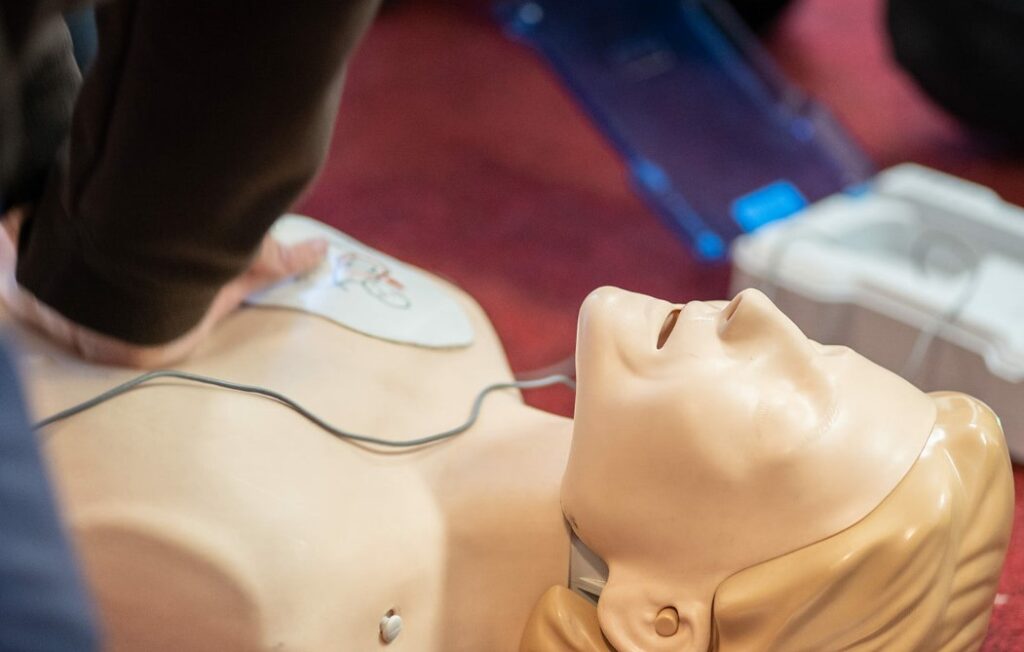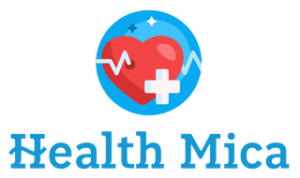First aid skills can make the difference between life and death in urgent situations. Knowing how to react instantly can help minimize damage and stabilize the person in need. The key to effective intervention lies in immediate action and practical knowledge. That is why learning first aid is essential.
First aid isn’t just for healthcare professionals. Everyday people can benefit greatly from mastering basic skills that can be applied during emergencies. Gaining this knowledge can be straightforward, and its benefits last a lifetime. Many programs exist that offer thorough first aid and CPR certification, such as https://cprcertificationnow.com/collections/cpr-and-first-aid-certifications.
Key Points
- First aid can save lives.
- Immediate response during emergencies is critical.
- First aid skills are accessible to everyone.
- Accidents require fast action.
- CPR is an essential life-saving technique.
Why First Aid Matters
Accidents can happen anytime, anywhere. Whether at home, work, or on the road, emergencies are unpredictable. Knowing how to respond immediately can prevent long-term damage and complications. First aid provides a structured approach to assist those in need until professional medical help arrives.
For instance, a person who experiences a burn or injury can suffer serious consequences if not treated on the spot. Quick intervention can reduce pain and potential infection. First aid covers many scenarios—whether it’s bleeding, fractures, choking, or even heart attacks.
Many think first aid is complicated or that it requires professional medical training. This is far from true. Basic techniques are easy to learn and can be applied by anyone willing to take the time to learn them. When you become equipped with the right knowledge, you can save a life.

Common Emergency Scenarios and How to Respond
Some emergencies are more common than others. Knowing how to handle specific situations increases your effectiveness.
1. Bleeding
Bleeding can vary in severity. Minor cuts only need gentle cleaning and bandaging. However, heavy bleeding needs immediate control. Direct pressure on the wound can reduce blood loss. Raise the injured limb if possible.
2. Choking
Choking incidents can occur anywhere. If someone cannot speak or breathe, you must act. The Heimlich maneuver is a quick way to remove the obstruction. Standing behind the person, wrap your arms around their waist and apply force just above the navel.
3. Burns
Burns can be minor or life-threatening. For small burns, run cool water over the affected area. For larger burns, avoid using ice or ointments and call for professional help immediately.
4. Fractures
Fractures need stabilization. Moving the injured person or limb can worsen the situation. Keep the affected area still and use any material available to support the limb until help arrives.
5. Heart Attacks
Heart attacks can strike without warning. Knowing CPR can keep the person alive until emergency services can take over. Begin chest compressions immediately if the person is unresponsive.
Learning CPR as a Core First Aid Skill
One of the most vital components of first aid is CPR. CPR helps restore blood flow in cases of heart failure. Anyone can learn CPR, and courses are available online for those unable to attend in-person sessions. CPR Certification now offers programs that teach the techniques needed to administer CPR correctly.
CPR involves chest compressions and rescue breaths. These actions keep oxygen flowing to the brain and organs while waiting for paramedics. Without CPR, the person’s chance of survival drops significantly. That is why learning CPR is one of the most crucial steps in being prepared for emergencies.

Basic Tools You Should Have
Even if you know the techniques, having the right tools on hand can make a big difference. A well-stocked first aid kit should always be accessible. Some important items to include are:
- Sterile gloves
- Bandages
- Adhesive tape
- Antiseptic wipes
- Tweezers
- Scissors
- Thermometer
- Pain relievers
These tools help you act quickly and efficiently. Having them available ensures you are ready to respond immediately. First aid kits can be purchased pre-assembled or custom-made according to specific needs.
Keeping Calm in a Crisis
Panic can worsen any situation. Maintaining composure helps you act with a clear mind and ensures that you follow the steps correctly. Focus on the situation and do not allow fear to cloud your thinking. Breathe deeply and assess the condition of the person in need before you take action.
Clear communication is important. Call for emergency services as soon as possible. Provide them with concise information about the person’s condition and follow their guidance while waiting for help to arrive.
Practical Training and Continuous Learning
Learning first aid doesn’t stop after your initial course. Skills should be refreshed regularly. Techniques may change or improve with new medical guidelines. Ongoing learning keeps your skills sharp and ready for use.
Practical training involves hands-on practice. This ensures you can apply the techniques confidently when required. Simulated scenarios often help build experience. Courses that allow you to practice CPR on a dummy, for instance, provide a much clearer idea of how the process works in real life.
Some programs offer certifications that need to be renewed periodically. This keeps you updated with the latest information and ensures you remain prepared to assist in emergencies.

Teaching Others to Respond
Encouraging family, friends, and colleagues to learn first aid builds a safer environment. If more people are trained to handle emergencies, the chances of positive outcomes increase. Schools, workplaces, and communities can benefit greatly when more individuals take the initiative to become certified in CPR and first aid.
First aid training for children is also useful. Simple techniques like calling emergency services or recognizing a situation that needs attention can make a difference.
Emergency Response Guidelines
When an accident happens, follow a set of steps to manage the situation efficiently.
Step 1 ─ Assess the Situation
Before acting, evaluate the surroundings and identify the potential dangers. Ensure your safety and the safety of others nearby.
Step 2 ─ Call for Help
Dial emergency services immediately. Provide details about the person’s condition and location. Stay on the line until the dispatcher tells you to hang up.
Step 3 ─ Administer Aid
Begin applying the necessary first aid techniques. Keep the person calm and provide reassurance while waiting for professional help.
Step 4 ─ Monitor the Person’s Condition
Stay by the person’s side and monitor their breathing, pulse, and responsiveness. If the situation worsens, inform the emergency services.

Legal Aspects of First Aid
Some may hesitate to provide first aid due to concerns about legal liability. However, laws protect those who assist during emergencies. Known as “Good Samaritan” laws, these regulations shield individuals from lawsuits, provided they act in good faith and within their skill level.
It’s essential to remember that your actions could mean the difference between life and death. Fear of legal repercussions should never prevent someone from stepping up during a crisis.
Conclusion
First aid saves lives. It doesn’t require special education or extensive medical training. Learning basic techniques like CPR and proper responses to accidents allows ordinary individuals to offer vital assistance in emergencies.
The skills you acquire are practical and easily applied. If you want to be prepared for any situation, consider taking a course. The knowledge you gain may one day save someone’s life.




